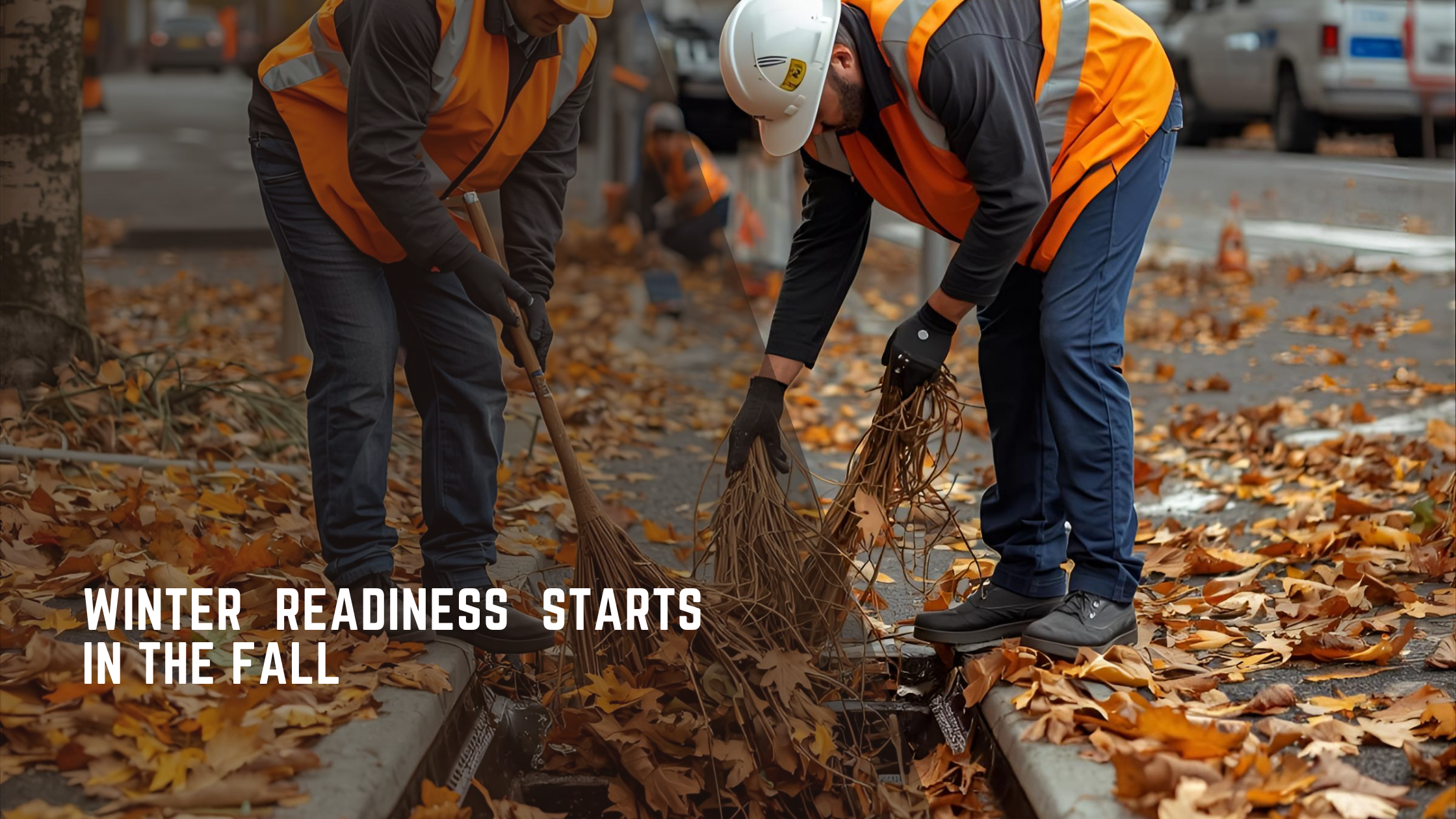What’s the difference between a city that weathers winter storms with minimal disruption and one that makes headlines for all the wrong reasons? Preparation.
For local public works departments, autumn isn’t just about leaf pickup. It’s the critical transition period for winter readiness. Crews are clearing drains, winterizing hydrants, and tuning up fleets so they’re ready for snow, ice, and freezing temperatures.
The challenge is balancing it all efficiently. That’s where modern tools like Geographic Information Systems (GIS) and digital fleet management make a big difference.
Why Asset Tracking Matters
Public works teams are responsible for thousands of assets including hydrants, storm drains, traffic signals, park facilities, and more. Paper maps and spreadsheets are cumbersome and difficult to keep to date. That slows work order response times and can lead to costly oversights.
GIS can change that by assigning each asset a unique digital identity with precise location information and enriched data layers like asset condition and maintenance history. Instead of flipping through binders or struggling with spreadsheets, teams see everything on an interactive map.
That visibility translates into practical benefits: drains cleared before storms to reduce flooding, hydrants winterized to ensure reliable fire response, and hotspots identified where problems are most likely to occur.
How GIS Transforms Local Government Operations
A GIS-based software application does more than display points on a map. It becomes the central hub for efficiently managing infrastructure. Crews can use mobile apps to update work orders in the field, attach photos, and update property records in real time, even offline. Supervisors can track progress, analyze trends, and adjust plans with confidence.
Take storm drain management as an example. Instead of guessing which drains were last cleaned, departments can instantly see overdue maintenance highlighted on the map, plan routes that save fuel and time, and use historical data to refine schedules year after year.
Fleet Management Completes the Readiness Equation
Of course, assets are only half the story. Vehicles and equipment must also be ready when winter storms hit. Snowplows, salt spreaders, sweepers, and vacuums all require regular inspections and upkeep to avoid breakdowns when they’re needed most.
By integrating fleet management into the same platform that tracks assets and work orders, municipalities can schedule maintenance proactively, monitor compliance with safety and licensing requirements, and optimize routes for efficiency. The result is fewer delays, longer vehicle lifespans, more reliable operations, and the cost savings that go with them.
Resilient Communities Start with Preparation
Winter storms will always test local governments, but paper systems and legacy software make the challenge harder than it needs to be. With a modern GIS-enabled platform, public works departments can keep public assets and work vehicles in top condition and respond quickly to emergencies.
Don’t wait for the first storm to reveal the gaps in your system. GovPilot helps local governments build resilience before winter hits.





